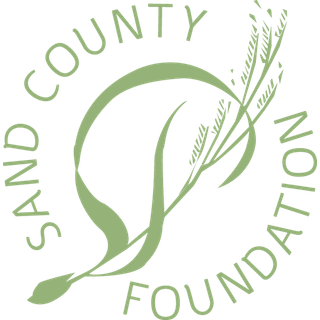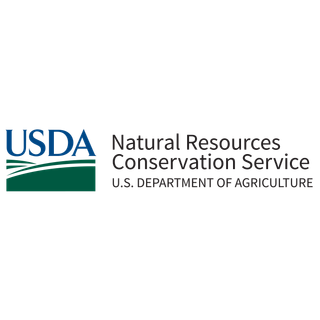Jimmy Gray is a dairy farmer and avid outdoorsman. Whether at work or play, his conservation ethic knows no bounds, which he credits to his late father Reid.
“We heard Dad say many times, ‘If we cannot keep this crop ground from washing away, I’m going to sew it all in grass,’” Jimmy recalls. “If there was a way to take better care of the land, Dad was willing to try.”
Jimmy succeeded his father as a supervisor on the Iredell Soil and Water Conservation District. Over 34 years of service, both discovered practices that made environmental and economic sense for their farm.
Today, Jimmy and his brother Andy continue their father’s legacy at Grayhouse Farms, conserving soil and water, improving milk quality, ensuring herd health and comfort for 1,200 cows, while going the extra mile for wildlife.
Grayhouse Farms is home to four conservation easements. They include two stream mitigation sites, 110 acres of cropland, and a timber track of 129 acres along the South Yadkin River. Reid diversified the farm’s bottom line by investing in 500 acres of forestland.
Despite some skeptics, controlled burns have produced profitable timber stands of loblolly pine. Their bark tolerates fire while killing or damaging other types of trees that compete for nutrients, sunlight, and water. Fire turns leaf litter into fertilizer for the pines, and triggers lush vegetation on the forest floor for wildlife to eat.
Owning forestland coupled well with Jimmy’s lifelong interest in wildlife and duck hunting. He was one of the first in the area to create waterfowl impounds and conduct other restorations of stream, riparian, and wetland areas to enhance water quality and wildlife habitat.
Watch their conservation success story
Jimmy strongly believes in providing others with access to farms and forests. For 23 years, he and his wife Amanda have hosted Youth Day during which speakers and activities introduce 50-180 kids to fishing, canoeing, archery, and how farming can help steward natural resources.
Grayhouse Farms’ cropland is no-tilled to prevent erosion and to save the time and fuel used for conventional tillage. Cover crops of wheat, barley, winter peas, crimson clover, and tillage radish are grown to aerate and fertilize the soil.
After much research the Grays relocated their dairy in 2018. The herd rests on sand bedding in freestall barns. Increased cow comfort has led to higher milk production per cow and improved milk quality. Sand and water are recycled thanks to a sand separator and a four-lagoon waste system. A flush system uses recycled water to clean the barns before moving to a sand-settling basin where sand is reclaimed for repeated use. Each time water is moved to the next lagoon, solids are encouraged to stay behind. A dragline system moves the solids to distant fields to be utilized as fertilizer, which adds more biodiversity to the soil.
Heifers are kept on 300 acres split into eight pastures, each with a roadside feed bunk for supplemental feeding and well water piped to water tanks. Fencing the cattle away from streams has improved water quality, and the herd now has fewer health problems and better growth rates from drinking well water.
Grayhouse Farms is a mix of modern agricultural and timber innovations, coupled with the Gray family’s old-school commitment to their local community’s people and landscape.




